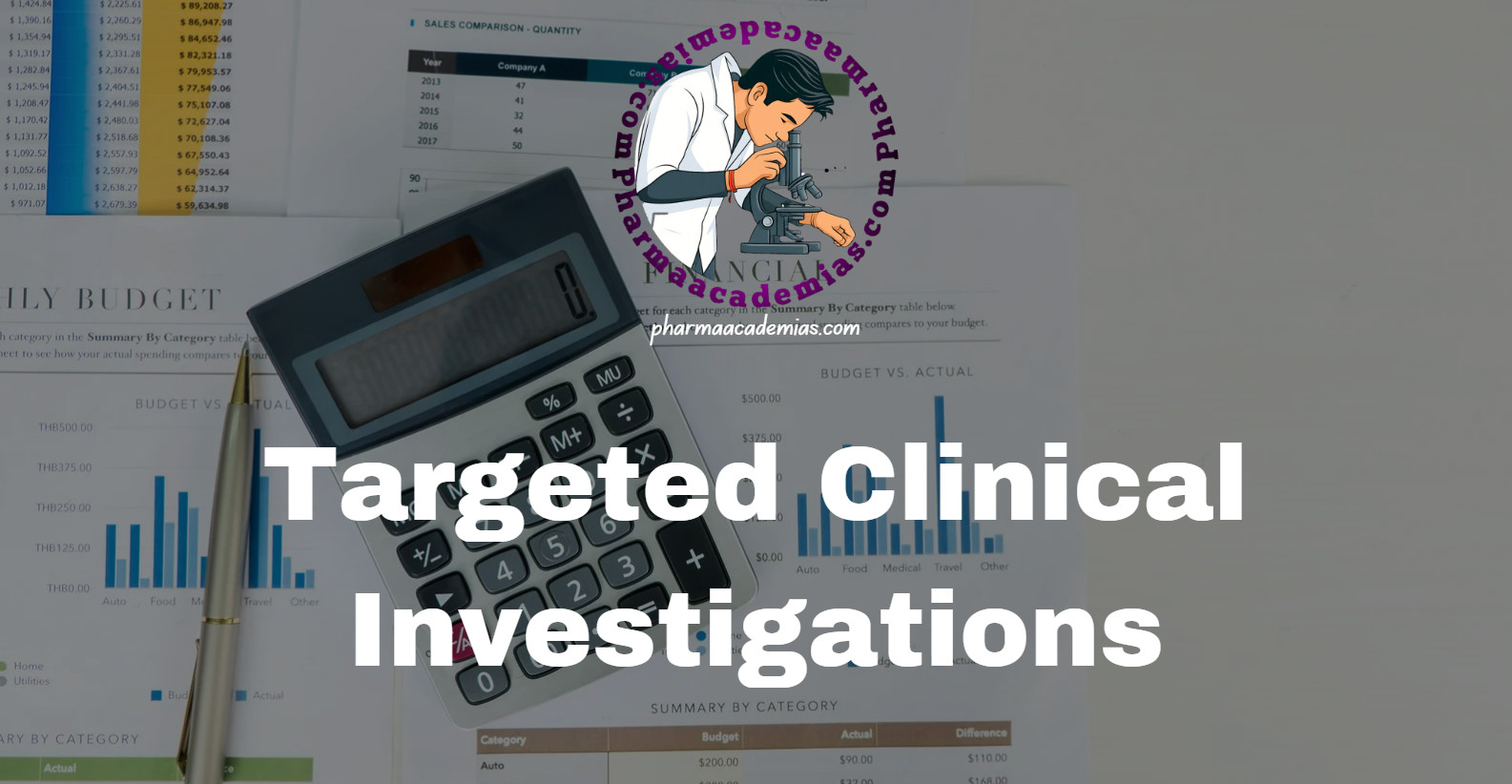DSSSB Pharmacist Syllabus 2025
DSSSB Pharmacist Syllabus 2025: Are you aspiring to secure a position as a Pharmacist under the Delhi Subordinate Services Selection Board (DSSSB)? Then, understanding the DSSSB Pharmacist Syllabus 2025 and Exam Pattern is absolutely crucial for crafting an effective preparation strategy. The DSSSB has meticulously designed the syllabus and exam format to evaluate candidates’ technical … Read more







